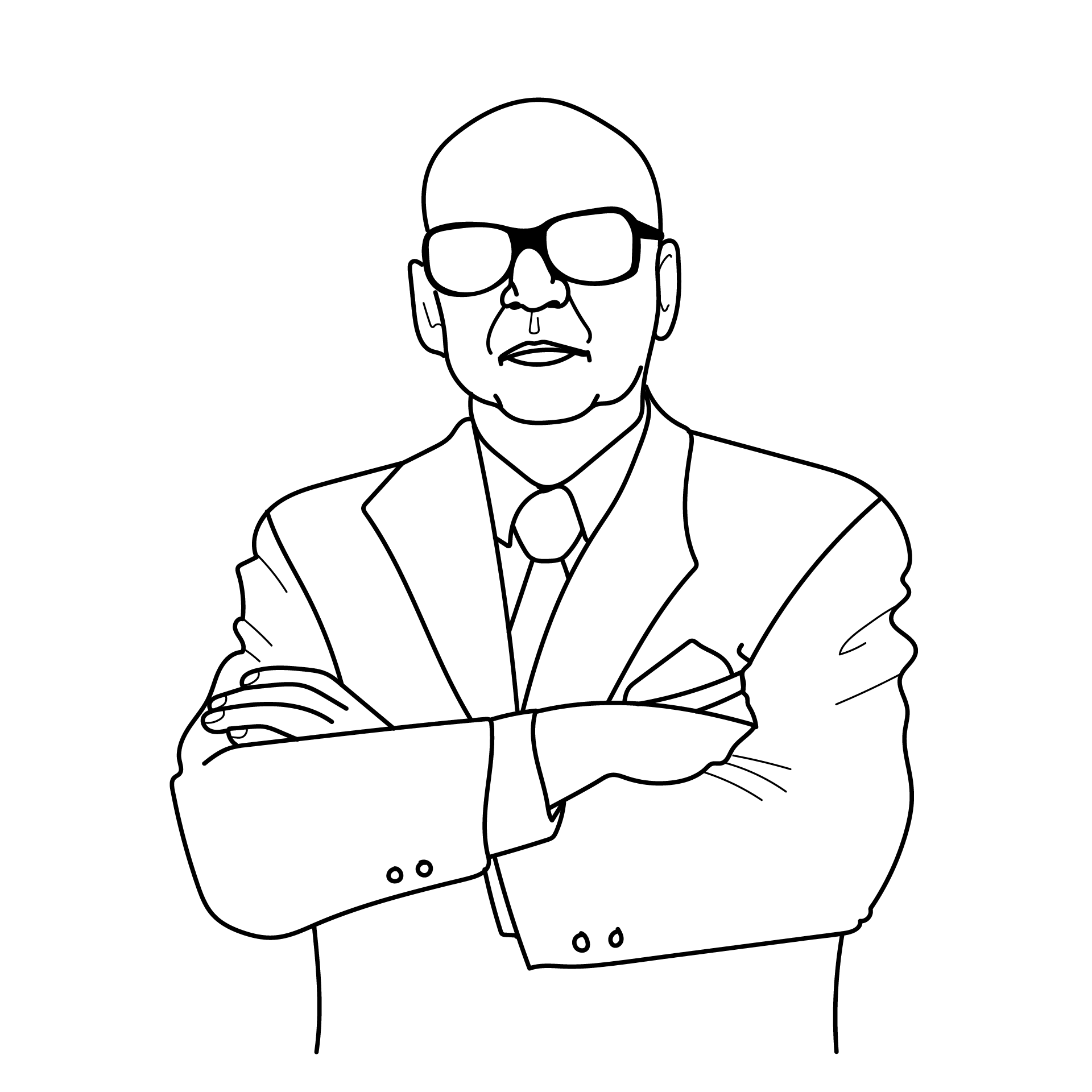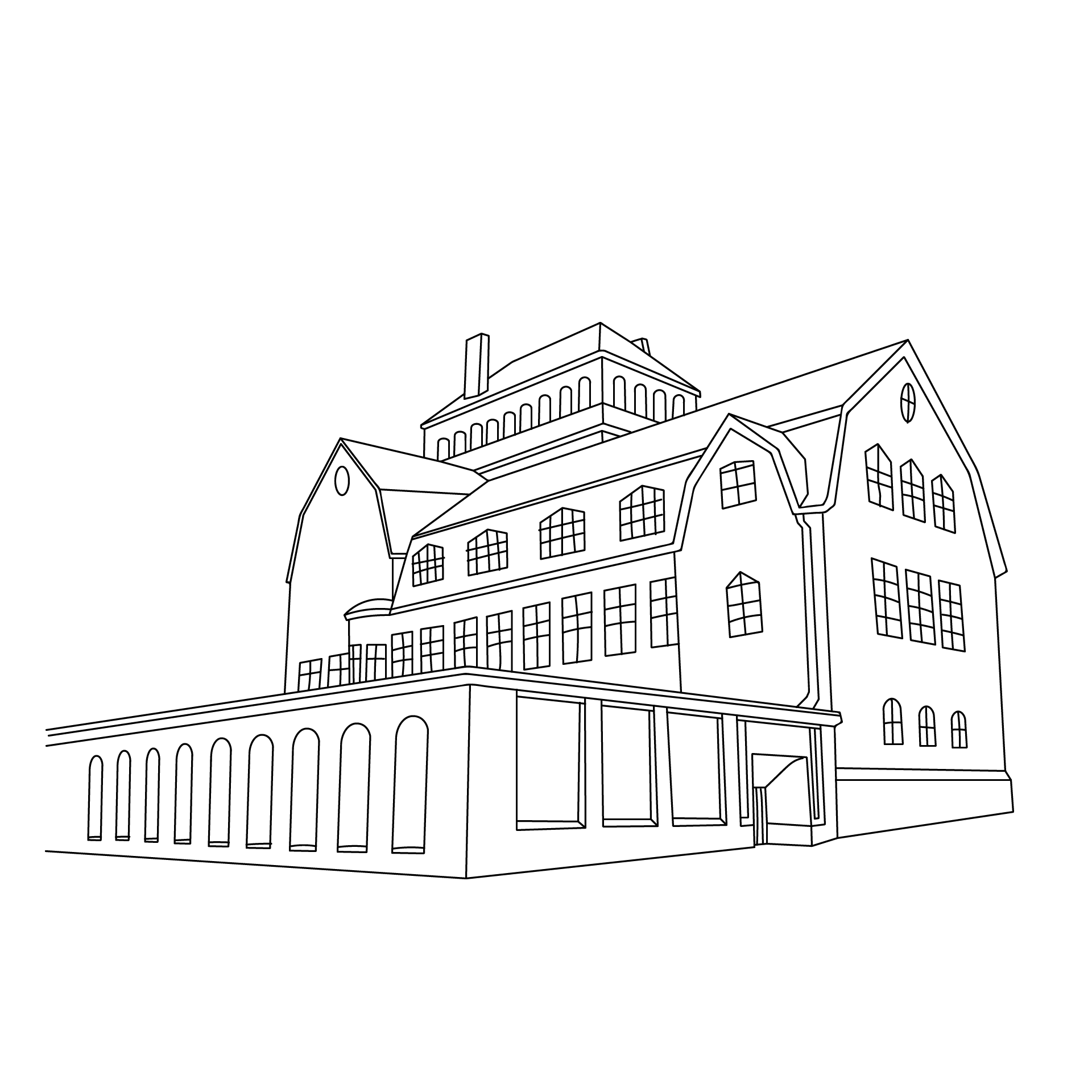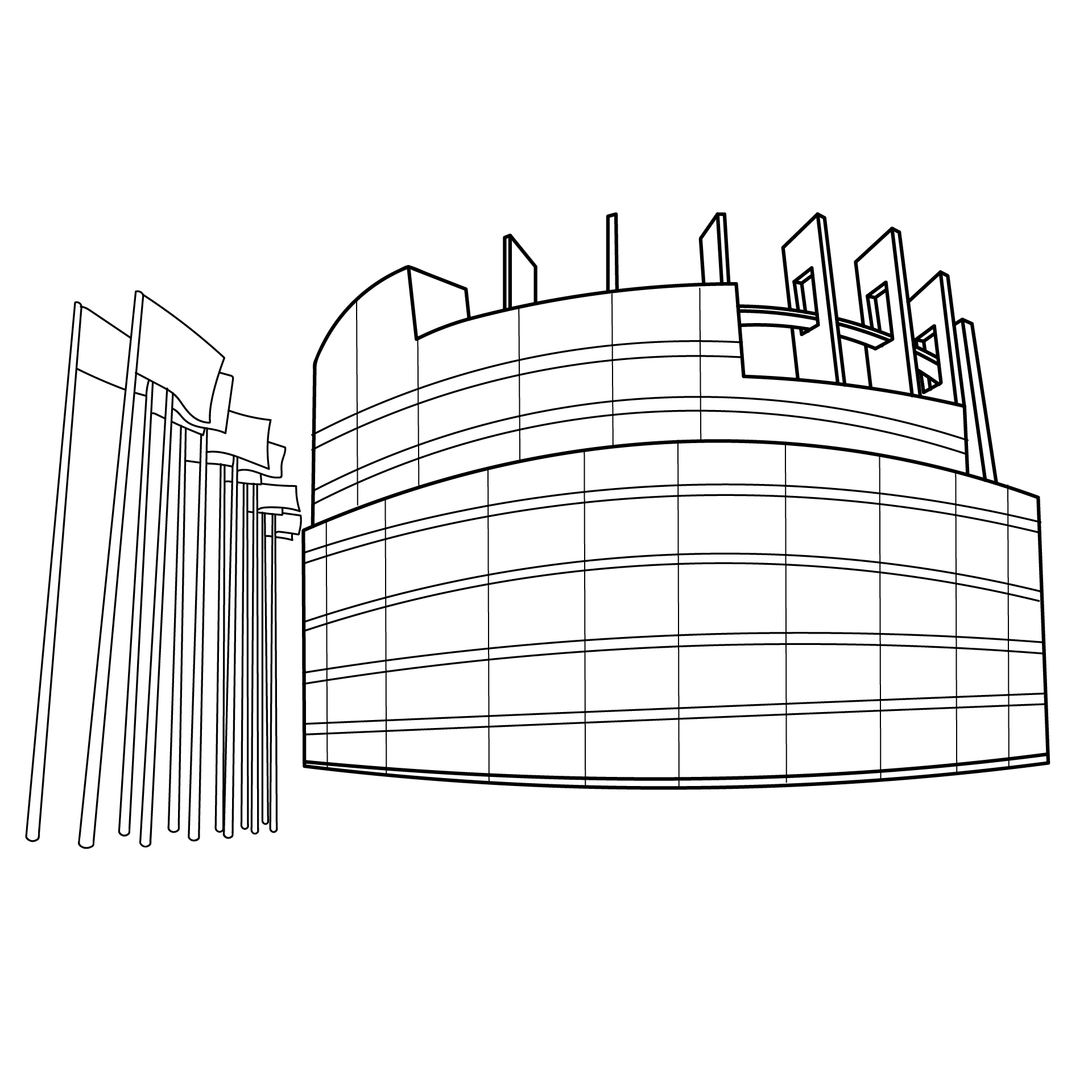 Our Story
Our Story
HAUS celebrated its 50th anniversary in 2021. During this time, HAUS has gone through many changes from state-owned budget-based office to state Ltd and finally as an in-house operator. In his anniversary interview, Kyösti Väkeväinen, the CEO of HAUS stated that “Finland’s success, well-being and prerequisites for a good life will continue to rely on competence and cooperation both nationally and internationally. We at HAUS want to play our part. We want to increase the competence of the central government and be involved in developing the state’s operations.”
Guided by this view, HAUS has developed its services and operations since the beginning. The same strong belief in development of competence and that way to maintain social well-being has remained. We want to be today and tomorrow world’s best public administration developer that leads the way to future learning.
At the heart of our operations is to know the central government and its needs, for which we can provide training and development services. As a state-owned company, we were set up for government personnel and agencies to provide versatile development and training services without a competitive tendering process.

1970s
The history of HAUS begins at the beginning of the 1960s and 1970s, when Finland was going through a very different time than it is now. The time was coloured by President Kekkonen, the YYA-treaty, coexistence with our eastern neighbor, the start of lottery draws. The state employed around 200,000 people.
The need for the state’s own center for competence development had arisen in the 1960s. President Urho Kekkonen was presented a new law on state-owned training center and State Training Centre (VKK) started to operate on the 1st of March, 1971. At the time the center was in the old Military Academy in Munkkiniemi, Helsinki.

1980s
The first leadership training started in 1984.n 1987, the Administrative Development Agency was formed from the State Training Center and part of the Ministry of Finance’s Organizing and Remuneration Department and planning secretariat. At the end of the 1980s, the number of government personnel dropped to around 140,000.

1990s
Finland joined the European Union on 1st of January 1995 and the role of HAUS involved the training of state personnel in various EU matters, including EU legislation. As the EU enlarged, there was also a need to develop new Member States to the level required for membership. HAUS started participating in EU Twinning-funded projects.
1995 The Center will be transformed into a business establishment and the name will be the Administrative Development Agency. Number of state employees approximately 120,000.

2010s
At the beginning of 2010, the Act on HAUS Finnish Institute of Public Management Ltd entered into force. The business became a state enterprise.
The number of government employees fell to around 80,000.
In 2017, HAUS started investing in developing the digital learning environment. eOppiva service was opened to all government employees in 2018. The service developed into a success story. 65,000 government employees have signed up for the service, accounting for approximately 80% of the state’s 77,000 employees.
HAUS moved from Munkkiniemi in March 2018 to Heimola House on Yliopistonkatu, which has had a significant impact in Finland’s history. At the time, parliament met at the original Heimola House, which decided on 6 December 1917 on Finland’s independence by 100 votes to 88.

2020s and Beyond
The early 2020s have challenged the central government during the pandemic. New working arrangements, the adoption of new kinds of skills, and learning have positioned education as a permanent part of everyday life. The role of HAUS has increasingly changed in guiding change and safeguarding competence development.